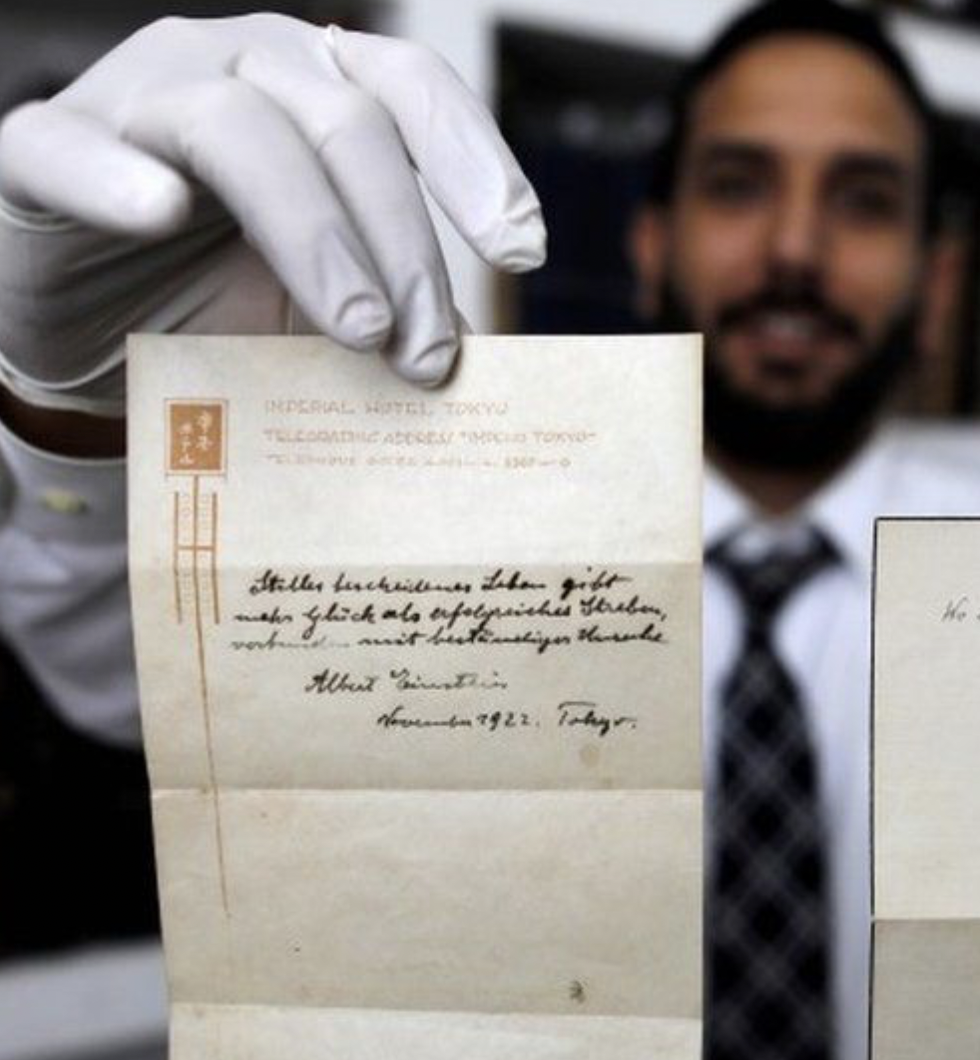The Philosophy of Happiness that Impacts Branding
DOI:
https://doi.org/10.69598/decorativeartsjournal.2.145%20-179Keywords:
Theory of Happiness, Positive Psychology, Scandinavian Life Philosophy, Branding, IdentityAbstract
This article presents a philosophical perspective of happiness from the ancient scholar Socrates, who defined Eudaimonia as a state of more than joy. While Albert Einstein focused on making life calm and simple, his theory of happiness emphasizes true and lasting happiness even in the darkest moments of life. Martin Seligman, a positive psychologist and the inventor of the theory of happiness (PERMA) includes the following elements: Positive Emotion (increasing positive emotions), Engagement (finding flow in what you do), Relationships (empathizing with friendship), Meaning (finding the purpose of living), and finally, Accomplishment. These aspects reflect the philosophy of happiness in Scandinavia, such as the Danish version of Hygge, which centers on the art of building relationships within society. The article also explores the philosophies of Lagom and Sizu, emphasizing the spirit of courage, strength, and perseverance. Linked to the core of these philosophies is the idea of generation choosing their path according to tastes and behaviors that define one's worthiness and contribute to the grandeur of the history of happiness. The article delves into happiness philosophies in Asia, such as the Ikigai Philosophy, Kintsugi, Ichigo Ichie, Wabi-sabi, and Kodawari, which have been adopted to create product identities as important as those of Western nations. These philosophies have been applied in designing creative identities that continue to be remembered even in modern times.
References
มพูนุช ชัชวาลย์. (2564, 08 มีนาคม). Hygge สาวไทยบันทึกปรัชญาการใช้ชีวิตแบบ ‘ฮุกกะ’ ตามวัฒนธรรมเดนิช ที่ทำให้คนเดนมาร์กมีความสุขที่สุดในโลก. cloud and ground. https://readthecloud.co/hygge-denmark/
นิตยสารศิลปวัฒนธรรม. (2565, 26 เมษายน). “ความสุขที่แท้จริง” ฉบับ “อริสโตเติล” ปรัชญาทรงอิทธิพลที่ไม่ได้เข้าใจยากอย่างที่คิด. https://www.silpa-mag.com/culture/article_27380
เบญจวรรณ มังกรอัศวกุล. (2562). ศิลปะการมองหาประกายความสุขในชีวิตแบบชาวสแกนดิเนเวียน. adaymagazine. https://adaymagazine.com/scandinavian-philosophy/
ใบบุญ วจนอักษร. (2561, 23 พฤจิกายน). ลากอม: ปรัชญาสวีดิชที่ปรับชีวิต “ล้นๆ” ให้ ‘กลมกล่อม. becommon. https://becommon.co/life/lagom/#accept
ภาวรรณ ธนาเลิศสมบูรณ์. (2563, 08 มีนาคม). อย่าให้ ‘เจนฯ’ เป็นเส้นคั่นระหว่างเรา: จุดอ่อนของการมองโลกแบบเจเนอเรชัน. บริษัท ดิ วันโอวัน เปอร์เซนต์ จำกัด.
https://www.the101.world/family-generation/
ลงทุนเกิร์ล. (2565, 29 สิงหาคม). รู้จัก “ฮุกกะ” รากฐานของ แบรนด์เฟอร์นิเจอร์เดนมาร์ก ที่โด่งดังไปทั่วโลก. https://www.longtungirl.com/8179
ศูนย์อาเซียนศึกษา. (2561, กันยายน). ความรู้เบื้องต้นเกี่ยวกับปรัชญา.มหาวิทยาลัยมหาจุฬาลงกรณราชวิทยาลัย.http://asc.mcu.ac.th/database/wp-content/uploads/2018/09/ความรู้เบื้องต้นเกี่ยวกับปรัชญา.pdf
สำนักงานบริหารและพัฒนาองค์ความรู้ (องค์การมหาชน). (2564, 28 พฤษภาคม). “ทฤษฎีมีสุข” สูตรลับสร้างความสุขในการทำงานและการใช้ชีวิต. https://www.okmd.or.th/okmd-kratooktomkit/4131/
สำนักงานส่งเสริมเศรษฐกิจสร้างสรรค์. (2565, 16 กันยายน). เจาะเทรนด์โลก 2023: CO-TOPIA. สำนักงานส่งเสริมเศรษฐกิจสร้างสรรค์ (องค์การมหาชน). https://article.tcdc.or.th//uploads/file/ebook/2565/11/desktop_th/EbookFile_33686_1667795761.pdf
สุทธิโสพรรณ ช่วยวงศ์ญาติ. (2566). องค์กรแห่งความสุข. Slingshot Group Co., Ltd. https://www.slingshot.co.th/th/blog/most-important-life-goals
อดิศักดิ์ ปิยสีโล. (2564). กระบวนการแนวคิดพื้นฐานทางปรัชญา.วารสารบัณฑิตศาสน์ มหาวิทยาลัยมหากุฏราชวิทยาลัย, 19(2), 200–209. https://so04.tci-thaijo.org/index.php/mgsj/article/view/255542
BBC News Services. (2017, 24 October). Albert Einstein’s happiness note sold for $1.6m. https://www.bbc.com/news/world-middle-east-41742785
IkeaThailand. (2566). จากจุดเริ่มต้นเล็ก ๆ สู่แบรนด์ระดับโลก – ประวัติโดยย่อของอิเกีย. https://www.ikea.com/th/th/this-is-ikea/about-us/our-heritage-pubad29a981
Marimekko. (2022 12 August). Marking moments with Marimekko in New York.
https://www.marimekko.com/com_en/our-world/marimekko-journal/moments-with-marimekko-in
-new-york
Mellow yellow. (2560, 19 เมษายน). แก่นแห่งดีไซน์สไตล์ “marimekko” แบรนด์ฮิตจากฟินแลนด์ เจ้าของผ้าลายดอกที่เบ่งบานไปทั่วโลก. Marketingoops. https://www.marketingoops.com/reports/fast-fact-reports/about-marimekko/
Mendetails. (2562, 19 สิงหาคม). MDs’ LIFE | 5 ปรัชญาชีวิต ที่น่าสนใจของชาวญี่ปุ่น
ซึ่งจะช่วยให้คุณมีความสุขได้ง่ายขึ้นกว่าเดิม. https://www.mendetails.com/life/
ปรัชญาชีวิตญี่ปุ่น-5-japanese-living-philosophy-aug19/
Mendetails. (2562). MDs’ LIFE | เรียนรู้ “Hygge Lagom Sisu” 3 ปรัชญาชีวิตสแกนดิเนเวีย ที่จะทำให้คุณมีความสุขได้แม้ในวันอากาศไม่ดี. https://www.mendetails.com/life/ปรัชญาชีวิต-scandinavia-life-philosophy-sep19/
Moneybuffalo. (2563, 16 กรกฎาคม). “Ingvar Kamprad ผู้ก่อตั้ง IKEA” อาณาจักรเฟอร์นิเจอร์ที่ใหญ่ที่สุดในโลก. https://www.moneybuffalo.in.th/business/ingvar-kamprad-ผู้ก่อตั้ง-ikea
Nattanam Waiyahong. (2564, 30 กันยายน). ย้อนเจาะลึกเส้นทางตำนานของ Marimekko สุดยอดแบรนด์งานฝีมือที่มีความพิเศษมากกว่าถุงผ้า. Vogue Thailand. https://www.vogue.co.th/fashion/article/the-eras-tour-costumes-of-taylor-swift
Nattapon Muangtum. (2565, 02 ตุลาคม). สรุป Consumer Insight 2023 ทุก Generation Baby boomer, Gen X, Gen Y, Gen Z และ Alpha. everydaymarketing. https://www.everydaymarketing.co/trend-insight/consumer-insight-all-generation-baby-boomer-gen-x-gen-y-millennial-gen-z-alpha-from-tcdc/
Thanwarat Choktapra. (2564, 01 ธันวาคม). เรียนรู้ “ทฤษฎีแห่งความสุข (Theory of Happiness)” ที่ไม่ใช่สูตร E=mc^2 ของไอน์สไตน์. Mission to The Moon Media. https://missiontothemoon.co/inspiration-albert-einsteins-theory-of-happiness/
Wassachol Sirichanthanun. (2560, 02 พฤจิกายน). ปรัชญา ‘ลากอม’ : แง่งามของสวีดิชหรือวิกฤติแห่งความกลาง?. The MATTER. https://thematter.co/social/lagom/38232

Downloads
Published
How to Cite
Issue
Section
Categories
License
Copyright (c) 2023 DEC Journal

This work is licensed under a Creative Commons Attribution-NonCommercial-NoDerivatives 4.0 International License.
Published by Academic Affairs Division, Faculty of Decorative Arts, Silpakorn University. The copyright of the article belongs to the article owner. Published articles represent the views of the authors. The editorial board does not necessarily agree with and is not responsible for the content of such articles.


